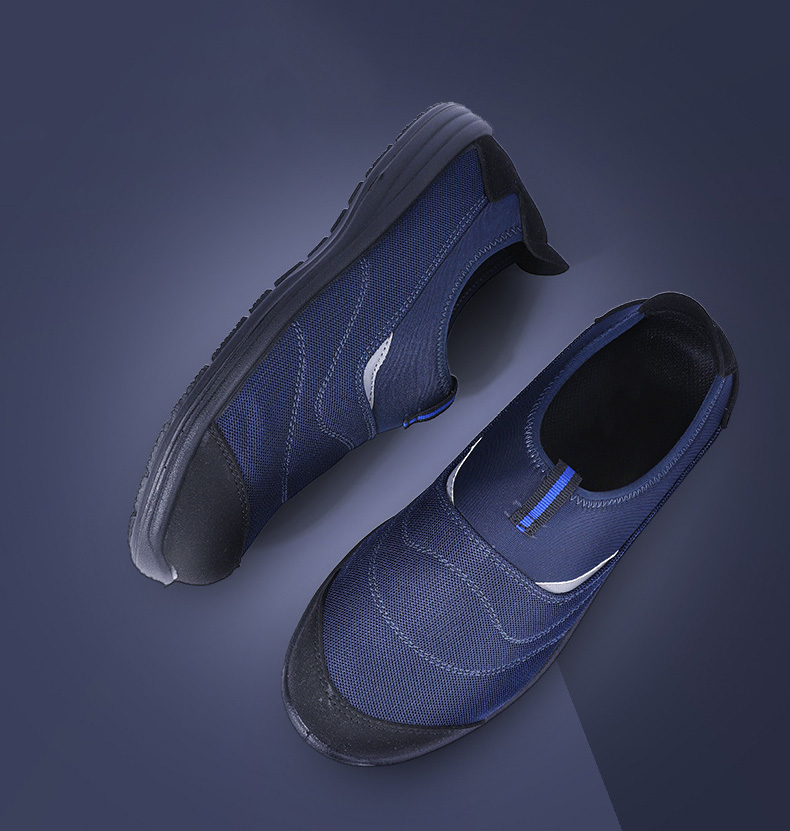The shoe sizes circulating in the market are messy, and a more reliable method is to choose suitable safety shoes by trying them on. Try on to have a comfortable feeling. The steel toe cap of the toe does not squeeze and jam the foot. The toes can move flexibly without the feeling of sliding forward or backward. There is no feeling of taking off the heel when walking. The so-called fit mainly refers to: the size of the shoe fits the foot, not too big or small; the toes can move freely in the shoe; the waist support of the shoe fits the arch of the foot firmly; the heel of the shoe is firm.
Even if you choose safety shoes through try-on, the basic points of the choice cannot be neglected. There are mainly the following aspects:
1. The front tip of safety shoes has a certain margin, especially safety shoes, because there is a hard steel head on the front. When wearing, pay attention to the toe to have enough margin. If you usually stand for a long time, then your toes should have more room for movement. Otherwise, if your toes are in a state of squeezing for a long time, it will cause great injury to your feet over time! When choosing safety shoes, many people feel that the safety shoes of the same size are larger than the usual fashion shoes. This is because the safety shoes are increased in accordance with the national requirements when they are made. In fact, what size shoes do we usually wear? , Just buy safety shoes of any size.
2. Different types of safety shoes have different weight requirements. The fatness of the foot is expressed by the width of the sole of the foot and the circumference of the metatarsal toe. The fatness of the shoe is determined by the size of the internal space of the shoe cavity. It depends on the circumference of the last of the shoe and the width of the last sole. The manufacturer chooses to decide. Consumers can only choose according to the effect of the try-on.
3. The heel of the safety shoes and the heel of the foot are not tight or loose.
4. The safety upper cannot squeeze the instep
5. The waist of the safety shoe fits with the arch of the foot, and the waist must hold the foot
This website uses cookies so that we can provide you with the best user experience possible. Cookie information is stored in your browser and performs functions such as recognising you when you return to our website and helping our team to understand which sections of the website you find most interesting and useful.





